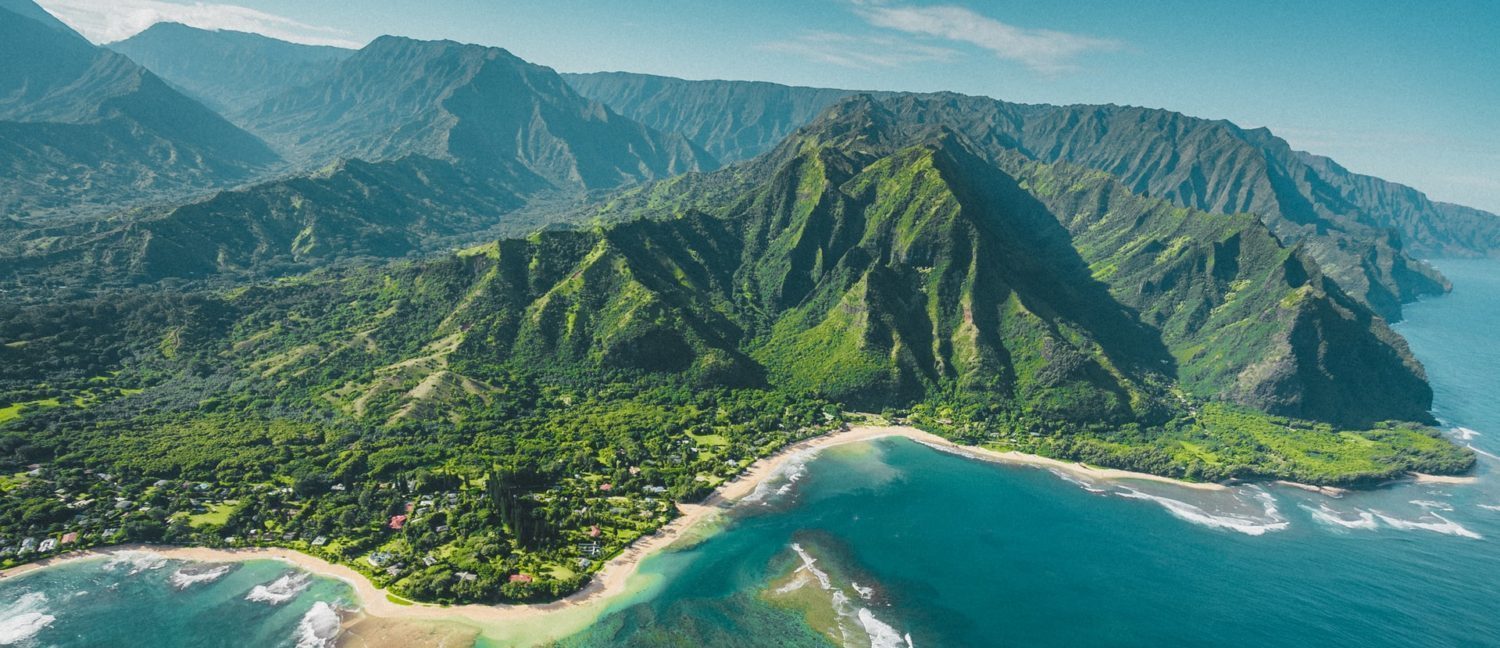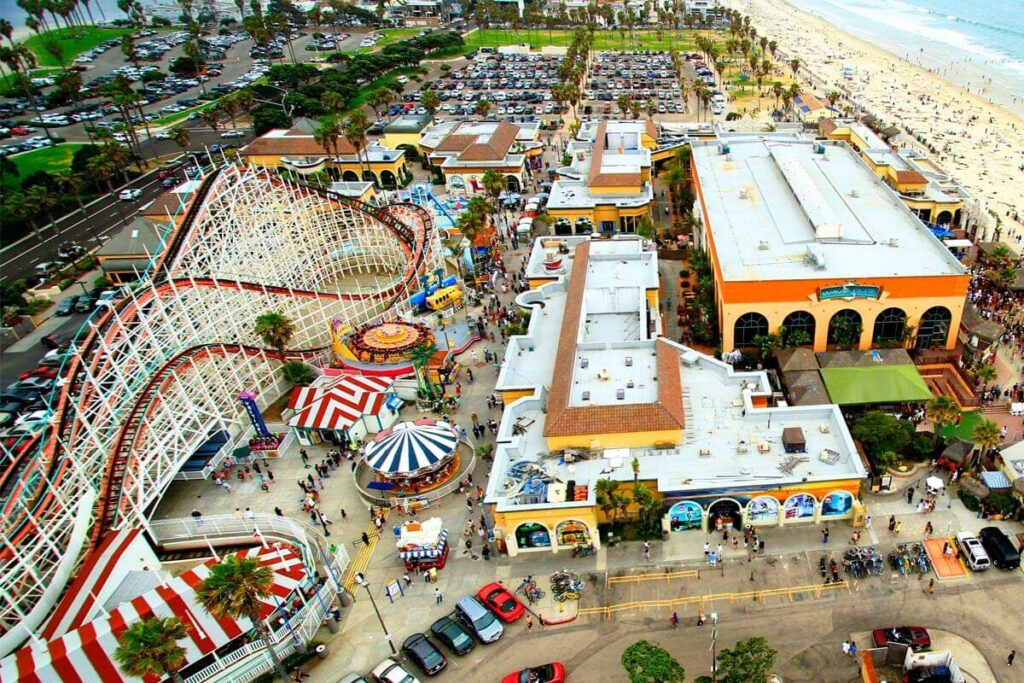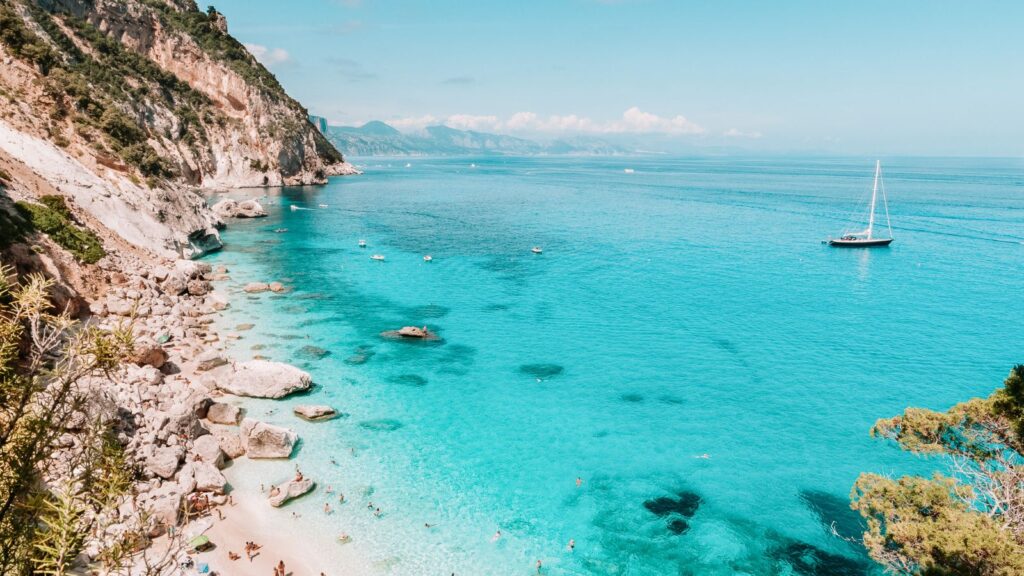Best Time to Visit Hawaii: A Seasonal Guide for Your Perfect Trip
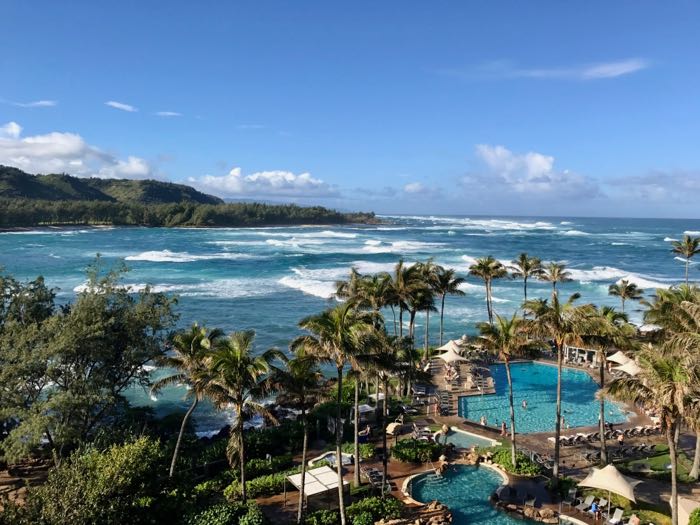
Hawaii is a dream destination for many travelers, offering stunning beaches, lush landscapes, and a rich cultural heritage. But when is the best time to visit this tropical paradise? To help you plan your ideal Hawaiian vacation, we’ve put together a guide that considers weather, events, and activities throughout the year.
Winter (December to February)
Pros:
- Mild Weather: Winter in Hawaii is characterized by mild temperatures, averaging between 78°F (25°C) and 82°F (28°C). It’s perfect for escaping the cold climates of the mainland.
- Whale Watching: This is the prime season for whale watching. The humpback whales migrate to the warm Hawaiian waters, and you can catch stunning views of these majestic creatures, especially around Maui.
- Festive Events: Winter brings festive events like the Honolulu City Lights and New Year’s Eve celebrations, providing a vibrant atmosphere.
Cons:
- Higher Prices: This is the peak tourist season, so expect higher accommodation rates and more crowded attractions.
- Occasional Rain: While still relatively dry, winter can bring occasional rain showers, especially on the windward sides of the islands.
Spring (March to May)
Pros:
- Pleasant Weather: Spring offers pleasant weather with temperatures ranging from 75°F (24°C) to 80°F (27°C). The islands are lush and green from the winter rains.
- Fewer Crowds: As the tourist season winds down, you’ll find fewer crowds, making it an excellent time to explore popular sites without the hassle.
- Festivals: Spring is a time for cultural events such as the Merrie Monarch Festival, which showcases traditional Hawaiian hula and arts.
Cons:
- Variable Weather: While generally pleasant, spring weather can be unpredictable, with occasional showers.
Summer (June to August)
Pros:
- Sunny Days: Summer is the sunniest time of the year in Hawaii, with temperatures averaging between 85°F (29°C) and 90°F (32°C). It’s perfect for beach activities and water sports.
- Family-Friendly: With schools out for the summer, it’s a great time for family vacations. There are numerous family-friendly activities and attractions.
- Cultural Festivals: Experience the Aloha Festivals and other summer cultural events, offering a deeper understanding of Hawaiian culture.
Cons:
- Heat and Humidity: The heat can be intense, and the humidity high, which might be uncomfortable for some travelers.
- Crowds and Prices: Similar to winter, summer sees an influx of tourists, leading to crowded attractions and higher prices.
Fall (September to November)
Pros:
- Ideal Weather: Fall brings ideal weather conditions, with temperatures cooling slightly to between 75°F (24°C) and 85°F (29°C). The ocean remains warm for swimming.
- Lower Prices: This is the shoulder season, so you’ll find better deals on accommodation and flights.
- Cultural Insights: Participate in the Aloha Festivals that extend into the fall, celebrating Hawaiian music, dance, and history.
Cons:
- Hurricane Season: Fall is also hurricane season, which runs from June to November. While hurricanes are rare, it’s wise to stay informed about weather conditions.
- Less Lush Landscape: By fall, the landscape may not be as lush as in spring, but it’s still beautiful.
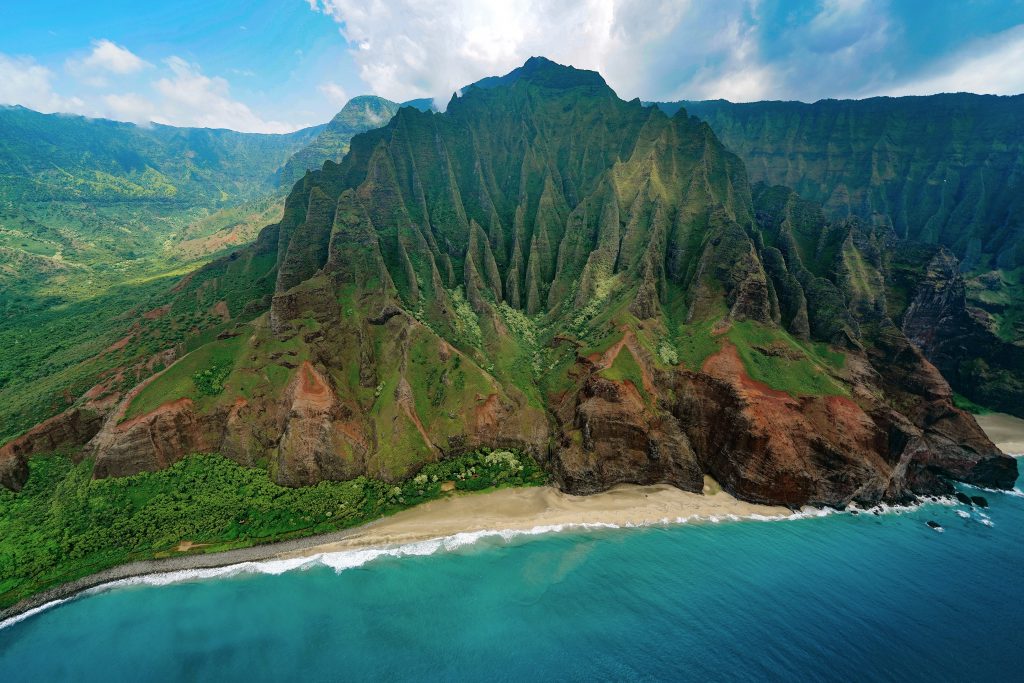
Conclusion
The best time to visit Hawaii depends on your personal preferences and what you want to experience. Winter and summer are ideal for those looking to join in on popular events and enjoy consistent weather, while spring and fall offer fewer crowds and better deals. Whether you’re interested in whale watching, attending cultural festivals, or simply basking in the sun on a pristine beach, Hawaii has something to offer year-round. Plan your trip according to your interests, and you’re sure to have an unforgettable Hawaiian vacation.


